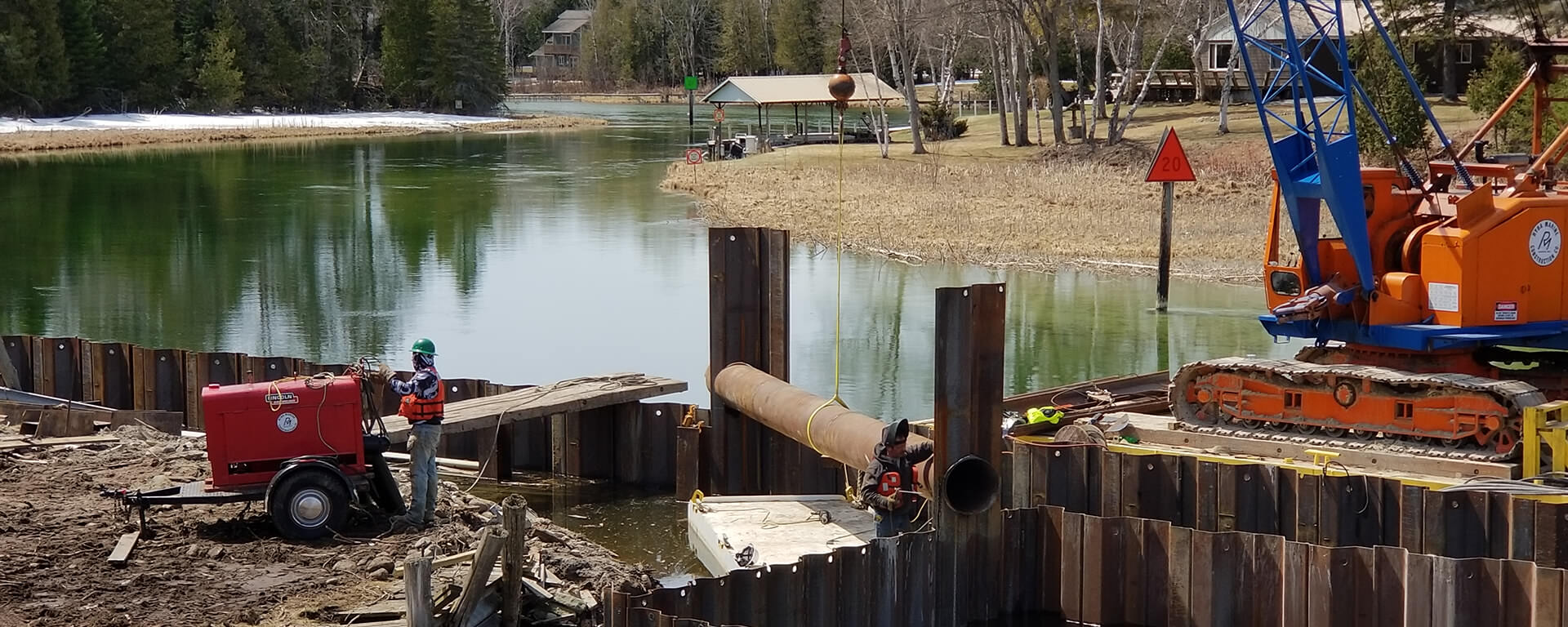 Marine construction services play a critical role in the development and maintenance of infrastructures in aquatic environments. From constructing harbors, piers, and docks to installing underwater pipelines and cables, these services are essential for supporting both commercial and recreational activities on and around water bodies. This article explores the importance, challenges, and advancements in marine construction services that contribute to building strong foundations in aquatic environments.
Marine construction services play a critical role in the development and maintenance of infrastructures in aquatic environments. From constructing harbors, piers, and docks to installing underwater pipelines and cables, these services are essential for supporting both commercial and recreational activities on and around water bodies. This article explores the importance, challenges, and advancements in marine construction services that contribute to building strong foundations in aquatic environments.
Importance of Marine Construction Services
Marine construction services are vital for various reasons. Firstly, they facilitate trade and transportation. Ports and harbors, constructed and maintained by marine construction companies, are crucial nodes in global shipping networks, enabling the movement of goods across continents. Additionally, these infrastructures support the fishing industry, which relies on well-built docks and processing facilities to handle and transport their catches efficiently. Secondly, marine construction is integral to energy production. Offshore oil rigs, wind farms, and underwater pipelines are pivotal components of the energy sector. The construction and maintenance of these structures ensure a steady supply of energy resources, contributing to national and global energy security.
Challenges in Marine Construction
Despite its importance, marine construction presents unique challenges. The aquatic environment is inherently dynamic and unpredictable, with factors such as tides, waves, and weather conditions constantly changing. This variability necessitates meticulous planning and robust construction techniques to ensure the durability and safety of marine structures. Another significant challenge is environmental impact. MBI Construction Company in New York can disrupt local ecosystems, affecting marine life and water quality. Ensuring minimal environmental disturbance requires adherence to strict regulations and the implementation of eco-friendly construction practices.
Advancements in Marine Construction
The field of marine construction has seen significant advancements, driven by technological innovations and a growing emphasis on sustainability. Geotextiles also aid in erosion control, protecting shorelines and underwater structures from the relentless forces of water and waves. Another technological leap is the adoption of modular construction techniques. Prefabricated components are assembled offsite and then transported and installed at the construction site. This method reduces construction time and minimizes the environmental footprint by limiting onsite activities. Additionally, modular construction enhances precision and quality control, resulting in more durable and reliable structures.
Sustainable Practices in Marine Construction
Sustainability is increasingly at the forefront of marine construction. Companies are adopting eco-friendly practices to minimize their environmental impact. One such practice is the use of biodegradable materials and environmentally benign substances in construction processes. Additionally, artificial reefs made from repurposed materials like decommissioned ships and concrete structures are being deployed to enhance marine habitats and promote biodiversity. Renewable energy projects, such as offshore wind farms, exemplify the synergy between marine construction and sustainability. These projects not only contribute to clean energy production but also create opportunities for research and development in marine ecosystems.
Marine construction services are indispensable for developing and maintaining infrastructures in aquatic environments. Despite the challenges posed by the dynamic nature of water bodies and the need for specialized skills and equipment, advancements in technology and sustainable practices are paving the way for more efficient and eco-friendly marine construction. By building strong foundations in aquatic environments, marine construction services support global trade, energy production, and recreational activities, contributing to economic growth and environmental conservation.